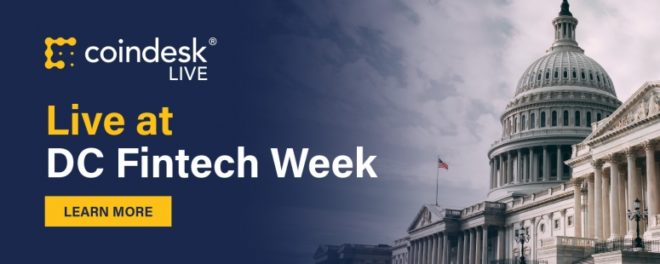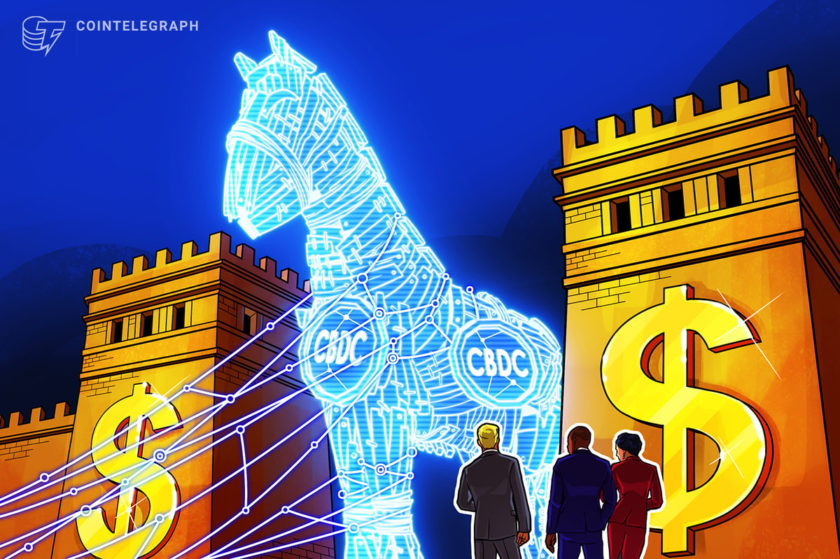This week, as world leaders gather virtually for DC Fintech Week in Washington, D.C., a key focus will be on central banks issuing their own digital currencies (CBDC). A pivotal player here is the United States, which faces an increasingly urgent decision: whether to take serious steps towards issuing a CBDC, as the Bank of China and others have begun. The sooner it decides, the better.
Many countries are addressing this issue seriously and quickly, as surveyed by tracking projects at the Atlantic Council and elsewhere. Pilot programs are ongoing in multiple nations, most notably China, which recently ran a trial with 50,000 residents of Shenzhen – reigniting concerns about its rapid progress and geostrategic implications. By contrast, the U.S. remains comparatively cautious and quiet.
The authors are attorneys and advise digital currency projects at the law firm of Schnapper-Casteras PLLC. JP Schnapper-Casteras is also a Non-Resident Senior Fellow at the Atlantic Council, focusing on CBDCs and financial technology regulation.
On CBDCs, Federal Reserve Chairman Jerome Powell said this week that it is more important for the U.S. to “get it right than to be first.” The most concrete CBDC exploration is at the Federal Reserve Bank of Boston, which is collaborating with MIT to survey 30-40 available technologies over two to three years. Treasury Department officials hint more work is happening behind the scenes, but little has been made public.
If the U.S. wants to lead on CBDCs, there is much more it could reasonably do, and soon – even short of being “first.” It could test out several pilot projects at the same time, as underscored by the Digital Dollar Project (a group led by Chris Giancarlo, former chairman of the Commodity Futures Trading Commission) and along the lines of what the Bank of France and People’s Bank of China are already undertaking.
U.S. stakeholders, including Congress, should start wrestling with the crucial and complicated issues of the digital dollar’s design, including the paramount issue of privacy. Giancarlo stressed that may turn out to be “ace to play in the contest for the future of digital money” and could help contrast the “digital dollar” against other nations’ CBDCs that reflect different values and priorities.
If, on the other hand, the U.S. wants to continue waiting while other countries move forward on CBDCs, it could lean into a substantial role for the private sector. The prospect of private sector “digital dollars” scared some policymakers when Facebook announced its libra cryptocurrency last June, but recently Powell and his colleagues have started looking favorably at different forms of private-sector collaboration. In the absence of a clear national policy, the private issuance of “digital dollars” is already happening, evidenced by the surge in privately issued “crypto-dollars,” a phenomenon profiled by Coin Metrics cofounder Nic Carter.
Moreover, the Treasury’s Office of the Comptroller of the Currency (OCC) recently gave banks the okay to hold bank reserves on behalf of certain “digital dollar” issuers. If the U.S. engages the private sector, we believe it should embrace and demand the model that worked for the early internet: open-source and interoperable technology standards.
At one level, the Federal Reserve’s current “wait and see” approach is understandable: It is a historically conservative institution and, as the issuer of the world’s reserve currency, has much to lose if its CBDC efforts flounder. Cybersecurity flaws might scotch a digital dollar launch, for example.
Still, there is surely a greater cost to all this waiting.
As CFTC Chairman Heath Tarbert candidly admitted on Monday at DC FinTech Week, “The only thing that scares me is the U.S. falling behind [on CBDCs].”
See also: Chris Giancarlo – Don’t Rush Digital Dollar During COVID-19 Crisis
Other countries that move earlier on CBDCs may stand to gain from that first-mover advantage: reaching or surpassing the United States on infrastructure, establishing industry standards or expanding their spheres of influence via digital currency adoption.
Domestically, moving too slowly and maintaining the status quo could deprive the U.S. of new and important fiscal and monetary tools, including the ability to rapidly and precisely disseminate stimulus funds directly to citizens during a recurring pandemic or lingering depression.
In the worst case, the U.S. would muddle along the next few years with the worst of both worlds: neither material progress on national financial infrastructure nor enhanced regulatory clarity or open standards for private providers.
The United States faces a pressing decision about whether to join other countries and start working, openly and urgently, on a digital currency that would complement paper cash. As tough as the decision may be, what could be even worse is waiting and getting left behind.




